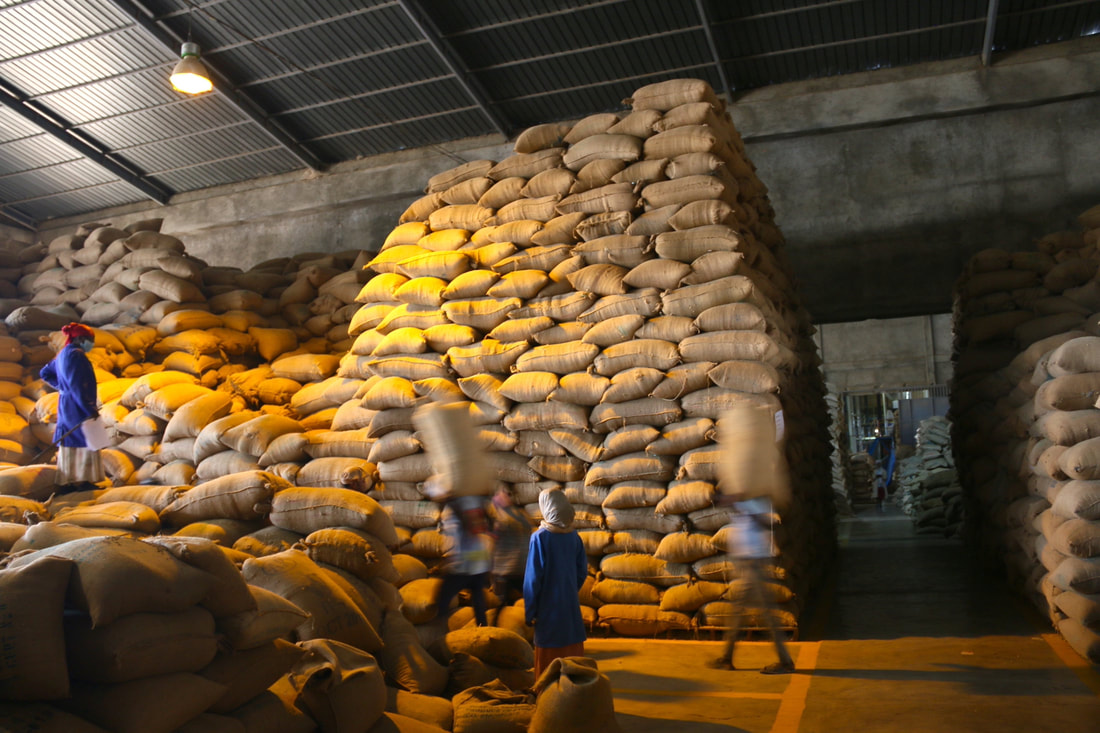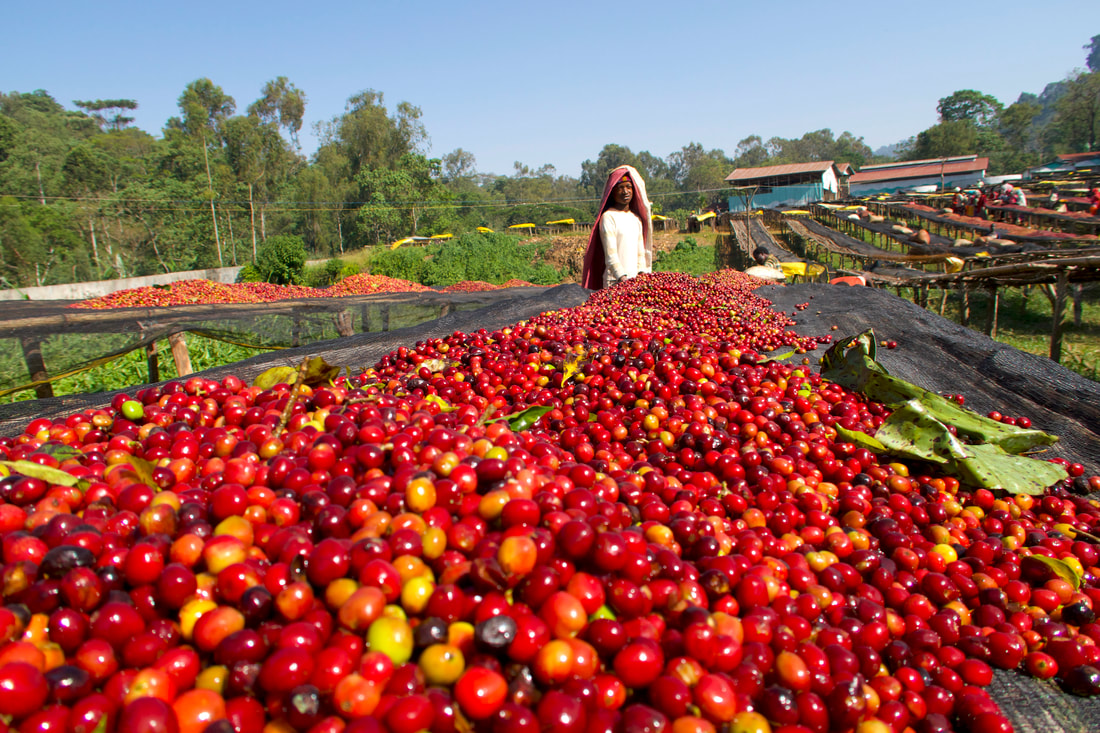|
Once we have selected our new lots from Ethiopia and have signed the contract with all the import specifications (or export in the case of the producer), the coffee needs to go through a very important stage of the production chain called "Dry Milling", this process includes hulling, various types of classification, and finally packaging and loading into the container. Each of these stages is described in detail below: 1. Hulling: One of those essential steps in the elaboration of coffee and which consists of the "liberation" of the bean from its wrapping or parchment. This is done by means of hulling machines that use friction and pressure to carry out their task.
0 Comments
When it comes to the selection of Ethiopian coffees, the possibilities of flavours, fragrances, and aromas are virtually endless. Cup profiles are so varied that most importers or roasters do not expect a specific profile for an Ethiopian coffee. The same does not hold for origins such as Kenya or Sumatra, where roasters are looking for berries or chocolate, respectively. From a sensorial perspective, the acidity of Ethiopian coffees is as diverse as the number of acid components that a coffee bean has. Like sweetness, cleanliness and texture, acidity is fundamental in our sensory analysis and selection work. It is important to note that in the long journey of coffee from the plant to the cup, the acidity and all the sensorial attributes can be modified, enhanced, damaged or eliminated.
|
Archives
April 2024
Categories
All
|
- What We Do
- Que Hacemos
-
Origins
-
Orígenes
- Education
- Educación
- Contact
- Contacto
- Home Roaster Store
- Tienda del Home Roaster

|
Copyright © 2015-2024 | Kilimanjaro Specialty Coffees España S.L.U. All Rights Reserved.
|



 RSS Feed
RSS Feed